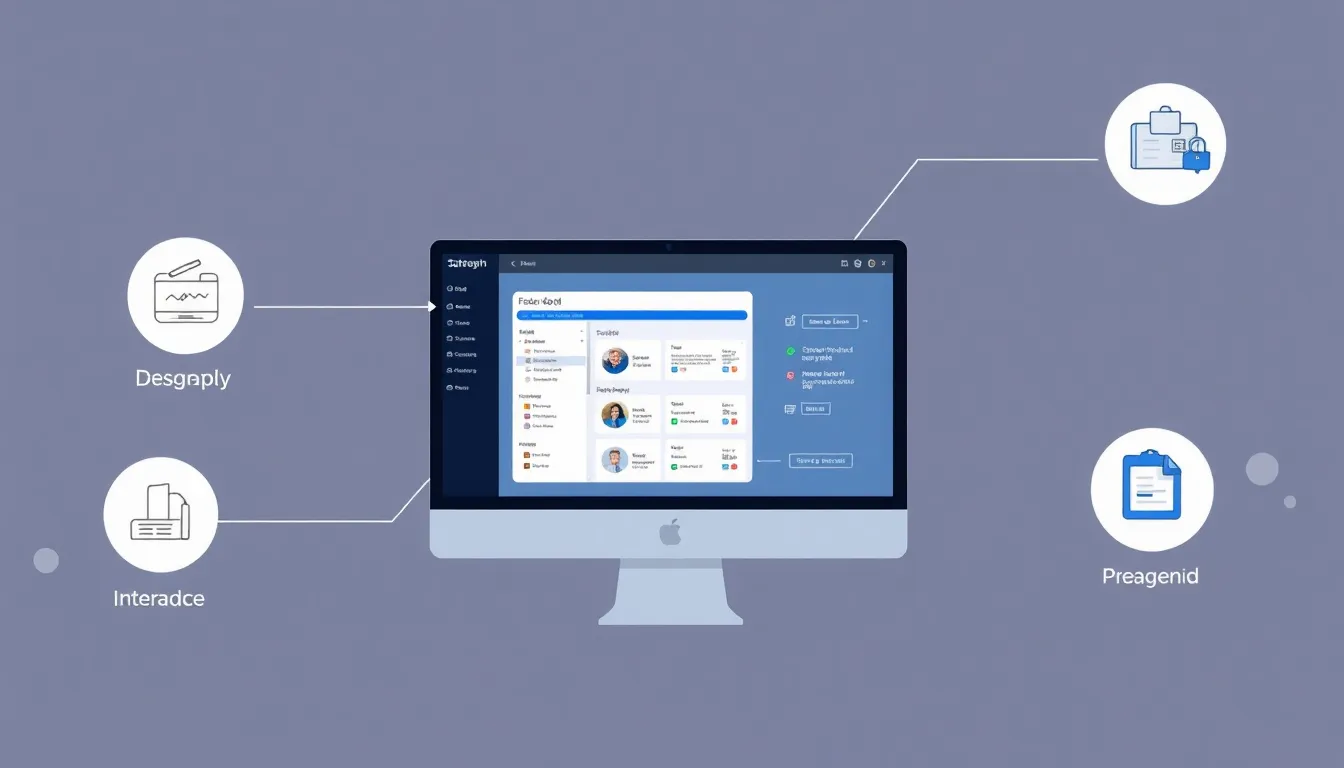Understanding Trading Tools
In the dynamic world of finance, having the right tools can significantly impact a trader’s success. The term trading tools encompasses a variety of platforms and software designed to facilitate the buying and selling of securities. From providing real-time market data to analytics that support decision-making, these tools are essential for both novice and experienced traders.
What Are Trading Tools?
Trading tools refer to software and platforms that assist traders in executing trades and analyzing the financial markets. These tools can range from simple charting applications to complex algorithms that automatically execute trades. In essence, trading tools are designed to enhance the efficiency and effectiveness of trading strategies.
Why Trading Tools Matter for Success
The importance of trading tools cannot be overstated. They serve as the backbone of effective trading strategies, providing the necessary data and insights to make informed decisions. By utilizing appropriate trading tools, traders can:
- Reduce emotional biases in trading decisions
- Enhance their analytical capabilities
- Access real-time market information, which can lead to better timing of trades
- Utilize automated strategies for increased efficiency and speed
- Track performance metrics and adapt strategies accordingly
Categories of Trading Tools
Trading tools can be categorized into several key areas:
- Technical Analysis Tools: Tools that focus on historical price data to predict future market movements through various indicators and chart patterns.
- Fundamental Analysis Tools: Software that helps traders analyze company fundamentals, including earnings, revenue, and economic indicators.
- Trading Platforms: Comprehensive applications that facilitate order execution, market analysis, and management of trading accounts.
- Risk Management Tools: Products designed to help traders manage their exposure and protect their trading capital.
- Social Trading Platforms: Tools that allow traders to follow and copy the trades of successful traders in real-time.
Key Features of Effective Trading Tools
User Interface and Experience
The user interface (UI) of a trading tool is crucial for a seamless trading experience. A well-designed UI should be intuitive, allowing traders to navigate easily between features without cumbersome delays. Features to consider include customizable dashboards, drag-and-drop functionalities, and the availability of tutorials or help sections for beginners.
Data Analysis Capabilities
A core function of trading tools is their ability to supply analytical data. Effective trading tools should provide robust functionalities such as:
- Advanced charting options with multiple indicators
- Backtesting capabilities for testing strategies on historical data
- Integration with other data sources for enriched analysis
Tools that can analyze both technical and fundamental data, presenting it in a digestible format, offer traders a distinct advantage.
Real-Time Market Data Access
Access to real-time market data is a fundamental requirement for successful trading. Delay in information can severely affect trading performance. Effective trading tools should provide:
- Live price updates for stocks, commodities, currencies, and other financial instruments
- News feeds that include market-impacting events
- Economic calendars providing important financial announcements and releases
Popular Types of Trading Tools
Charting Tools for Technical Analysis
Charting tools are pivotal for technical traders who rely on price movements to make informed decisions. These tools provide graphical representations of price changes over different time frames. Popular chart types include line, bar, and candlestick charts, each offering unique insights into market trends.
Moreover, the inclusion of various technical indicators, such as moving averages, Relative Strength Index (RSI), and Bollinger Bands, can further enhance analytical capabilities, allowing traders to identify potential entry and exit points effectively.
Trading Simulation Software
For those new to trading or seeking to refine their strategies, trading simulation software is invaluable. These tools allow traders to practice in a risk-free environment using virtual money while employing the same market conditions they would encounter in live trading. Simulation software typically includes:
- Access to real-time market data
- Order types that mimic actual trading
- Performance metrics to track progress and improvement
By practicing with simulation tools, traders can build confidence and improve their skills without incurring financial losses.
Algorithmic Trading Tools
Algorithmic trading tools automate trading strategies based on predefined criteria. Using complex algorithms and quantitative models, these tools can execute trades at speeds far beyond human capability. Key benefits of algorithmic trading include:
- Elimination of emotional trading decisions
- Increased trading efficiency
- Access to advanced analytics for performance tracking
Algorithmic trading tools can also facilitate high-frequency trading strategies, capitalizing on small price discrepancies that happen in split seconds.
Choosing the Right Trading Tools
Assessing Your Trading Style
Identifying the right trading tools begins with understanding your trading style. Are you a day trader who requires rapid execution and constant market updates, or a swing trader who prefers tools with robust analytical capabilities? Your choice of trading tools should match your strategy and market approach:
- Short-term traders: May require real-time data feeds, advanced charting, and automation capabilities.
- Long-term investors: Might prioritize tools that provide in-depth fundamental analysis and financial news.
- Risk-averse traders: Might look for tools focused on risk management and portfolio tracking.
Budget Considerations
While some trading tools are free, others come with subscription fees or one-time costs. It’s essential to evaluate not just the upfront costs but also the potential return on investment these tools can provide. Consider the following when assessing your budget:
- Comparison of costs versus features—ensure the tools offer good value for their pricing.
- Trial periods or free versions to test tools before committing financially.
- Potential savings gained through improved trading performance as a result of using effective tools.
Integrating Tools into Your Workflow
Adopting new trading tools involves a learning curve. The tools you choose should seamlessly integrate into your existing trading workflow to maximize effectiveness. Here are some considerations for successful integration:
- Start with one or two tools at a time to avoid overwhelming yourself with new information.
- Utilize user guides, tutorials, and support services provided by tools to enhance your understanding.
- Regularly assess the effectiveness of tools and be willing to adjust your strategy based on new insights gained.
Maximizing the Use of Trading Tools
Staying Informed with Updates and Trends
Financial markets are ever-evolving, and it’s crucial to stay updated with the latest trends and product releases related to trading tools. Tools that might have been effective last year may become obsolete with changes in market dynamics. Here’s how to stay informed:
- Subscribe to newsletters and follow reputable financial news sources.
- Engage in forums and communities where traders discuss tools and strategies.
- Attend webinars and workshops on trading strategies and tool applications.
Common Mistakes to Avoid
While leveraging trading tools can offer significant advantages, it’s essential to avoid common pitfalls:
- Over-reliance on tools without developing a foundational understanding of trading principles.
- Ignoring the importance of risk management while focusing solely on potential profits.
- Neglecting to adapt and modify strategies in response to changing market conditions.
Continuous Learning with Trading Tools
The trading landscape is continuously changing, and traders must commit to lifelong learning to keep up. Here are ways to enhance your skills with trading tools:
- Regularly conduct self-assessments of your trading strategies and outcomes.
- Explore advanced features of trading tools that may not be fully utilized.
- Participate in online trading courses focusing on specific areas of interest, such as technical analysis or risk management.



